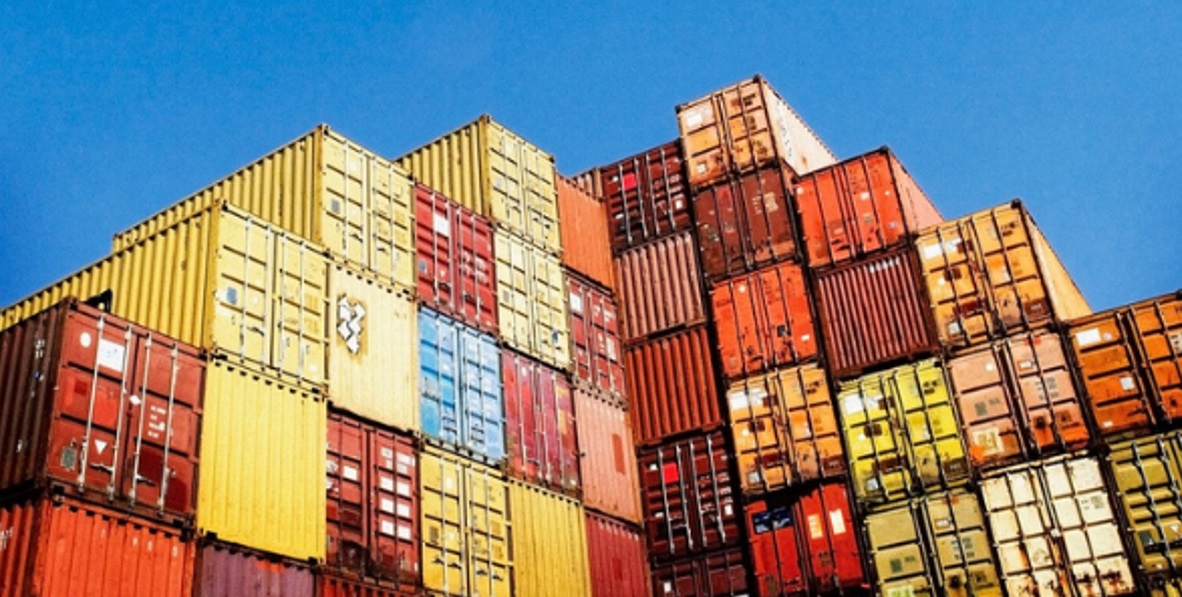Guest Post: Sustainalytics on Why a Sustainable Supply Chain Matters for Companies
By: Francesca Placa, Manager of Corporate Solutions, Sustainalytics
What’s Driving the Industry Towards Supply Chain Sustainability?
Investors are pressing companies to move beyond their own operations to address potential ESG risks from their suppliers. Similarly, employees and customers are becoming more engaged with companies that prioritize corporate social responsibility. Supply chain transparency has been proven to significantly drive purchase decisions.
As well, many voluntary reporting standards are integrating supply chain disclosure requirements. The European Union is expected to adopt new due diligence rules to limit environmental and labor risks in corporate supply chains. With increased regulations expected to accelerate in the coming decade, companies should begin to collect relevant data now.
Building a Sustainable Supply Chain: How to Start
Developing a sustainable supply chain starts at the top. Corporate procurement has traditionally been incentivized to find suppliers with the lowest cost. In a sustainable supply chain, business leaders need to broaden their procurement lens to consider ESG impacts, in addition to traditional metrics like cost and reliability.
By considering a more comprehensive range of factors in choosing and maintaining suppliers, a corporation effectively reduces its overall risk, improves brand equity, and attracts new customers and top talent.
For example, the UN’s Principles for Responsible Investing estimates 98% of the financial sectors’ environmental impact is in its supply chain, compared to direct operations. For industries in transition, like oil and gas, the estimates range between 44-64% for supply chain operations versus direct. Making changes in your corporate supply chain can move the needle on meeting ESG objectives much faster – especially for industries that extract resources – compared to making ESG-related changes to a company’s internal operations alone.
Understand Your Supply Chain Risks: Look Beyond the Direct Suppliers
The next step is to go deeper into the companies that your direct suppliers work with. The most significant potential risks are with lower-tier suppliers – your suppliers’ suppliers – because companies have less visibility into their operations. As well, there’s often limited data available on these suppliers, particularly about their environmental and labor practices.
Getting ESG research and ratings on your entire supply chain will help your company identify the outliers, prioritize your spending on top performers and help those suppliers with the greatest ESG risk improve.
How Sustainalytics Can Help
Leveraging Sustainalytics’ Corporate Supply Chain ESG Solutions, corporate social responsibility (CSR) and procurement professionals can holistically evaluate the ESG risk management performance of their direct and indirect suppliers.
Sustainalytics’ ESG Risk Ratings are unique in the industry in that they offer an absolute measure for assessing company-level ESG risk. By providing a consistent approach, the firm’s ratings are comparable for companies in different industries. The ratings measure a company’s exposure to industry-specific material ESG risks and how well a company is managing those risks.
Visit our website to learn more about Corporate Supply Chain ESG Solutions.
About the author:

Francesca is a Commercialization and Product Manager with Sustainalytics’ Corporate Solutions Team and is based in Amsterdam, The Netherlands. She develops solutions for companies to measure the social and environmental impact of their operations, and provides ESG risk assessments across their supply chains.
Prior to Sustainalytics, Francesca worked with European startup companies to scale their operations and adapt their global supply chains. She holds an MBA from the Rotterdam School of Management and a Bachelor’s degree from the University of Bologna.





